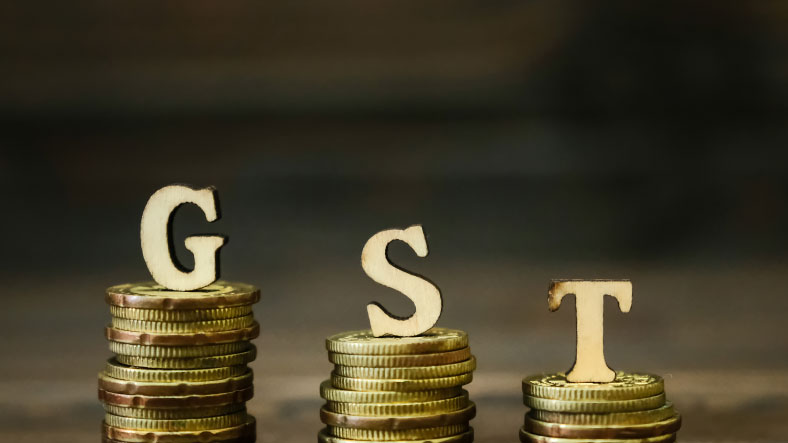
Goods and services tax is an indirect tax that came into effect on 1 July 2017. It replaced multiple indirect taxes, such as VAT and service tax, creating a consolidated tax structure across the country. It has reduced the complexities of the previous tax system, as well as the confusion and hassle of dual taxation.
Recently, on 3rd September 2025, the 56th meeting of the Goods and Services Tax(GST) Council approved a sweeping set of reforms being described as “GST 2.0”, the most significant change to the indirect tax regime since its rollout in July 2017. The reforms’ primary aim is to remove the stone of tax burden from the common person’s head.
Breaking headlines which are important to know: –
- To make all the living essentials lighter on the pocket, GST reforms cut down the tax to 5% or NIL on daily essentials like soap, toothpaste and bread.
- The healthcare essentials, medicines, have been slashed from 12% to either NIL or 5%
- The new reforms have been a comfort to the middle class, as the tax on electronic essentials like TVs, ACs, cars, and two-wheelers has reduced from 28% to 18%
- The farming cost is now reduced as well, with the farm machinery and irrigation equipment now affordable, the cost has been cut down from 12% to 5%
- Products considered harmful to health, such as tobacco, pan masala, aerated drinks, and luxury goods, will face a steep 40%.
Now, the main essence is the impact this has on people. The reforms are a win-win for consumers, as the prices of key essentials, such as cheaper household items, healthcare, and vehicles, are reduced. Tax reduction is beneficial for small and medium-sized businesses as it eases operational costs. Government will also be beneficial, the new reforms will enhance tax transparency and compliance.
Need Help Implementing these Changes?
Understand What the New GST Slabs Mean for You